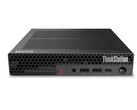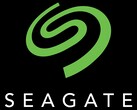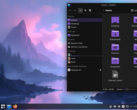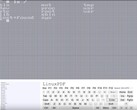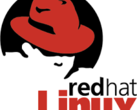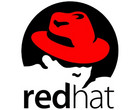Red Hat Enterprise Linux (RHEL) 10.0 has been introduced at the Red Hat Summit 2025. Based on the Linux 6.12 LTS kernel, this milestone release comes with Wayland instead of the X11 desktop environment. The Cockpit web console also received a revamp and now delivers improved file management capabilities, including direct uploads from the browser.
According to the official press release, this release is "the first enterprise Linux distribution to integrate National Institute of Standards and Technology (NIST) standards for post-quantum cryptography" thanks to the inclusion of quantum-resistant algorithms and post-quantum signature schemes.
Developers and system admins receive RHEL Lightspeed, an AI-powered assistant designed to ease their work. Issues such as SSH failures can now be troubleshooted with AI-driven guidance. Desktop apps get Flatpak support, while non-modular packages align RHEL 10 with CentOS Stream 10.
While PipeWire replaces PulseAudio for better audio management and Remote Desktop Protocol (RDP) takes the place of Virtual Network Computing (VNC) for graphical remote access, RHEL 10 is also aimed at future security threats.
The full release notes can be found on this page. As was the case with previous versions, current customers can update for free to RHEL 10. A 60-day trial is also available for new customers.
Last but not least, it should be mentioned that a RISC-V Developer Preview with support for emerging architectures is now available for download as well.







